Advertisement
If you've ever tried to manage data workflows manually, you know it gets messy—fast. Scripts fail, dependencies break, and if you blink, you're already drowning in logs trying to figure out why one task didn't trigger the next. That’s where Apache Airflow steps in. Built for orchestrating workflows in a clean, programmatic way, Airflow takes the stress out of coordinating pipelines and lets you keep your focus on what actually matters—getting data from point A to point B, reliably.
With Airflow, you don't need to guess what's going on. It's all laid out in a dashboard. You'll know what's running, what's failed, and what's waiting for its turn. And the best part? You control the logic. It's Python all the way down.
Airflow doesn’t run tasks itself—it tells other systems when and how to run them. It’s a scheduler and a monitor, not an executor. But don’t let that fool you into thinking it’s lightweight. The way it handles orchestration can dramatically change how you build data systems.
At its core, Airflow uses Directed Acyclic Graphs (DAGs) to define workflows. Each DAG is a Python file, where tasks are nodes and dependencies are the arrows. You get to write your logic as code, not as settings buried deep in some config file.
Airflow handles things like retries, failure alerts, scheduling, and task dependencies. Want a task to run only if another one succeeds? Easy. Want to pause everything if one job fails? Done. With the DAG structure, you’re not writing scattered shell scripts anymore. You’re describing a plan.
But before anything can run, Airflow needs to be set up correctly. Let’s walk through that.
This isn’t just about making a DAG file. You’re building a system here. That means setting up Airflow itself, defining how your tasks behave, and ensuring it all runs on schedule.
Airflow's installation isn't a simple pip install and go. It requires a few moving parts. The recommended way now is to use the official Airflow Docker image via the Docker Compose setup they provide.
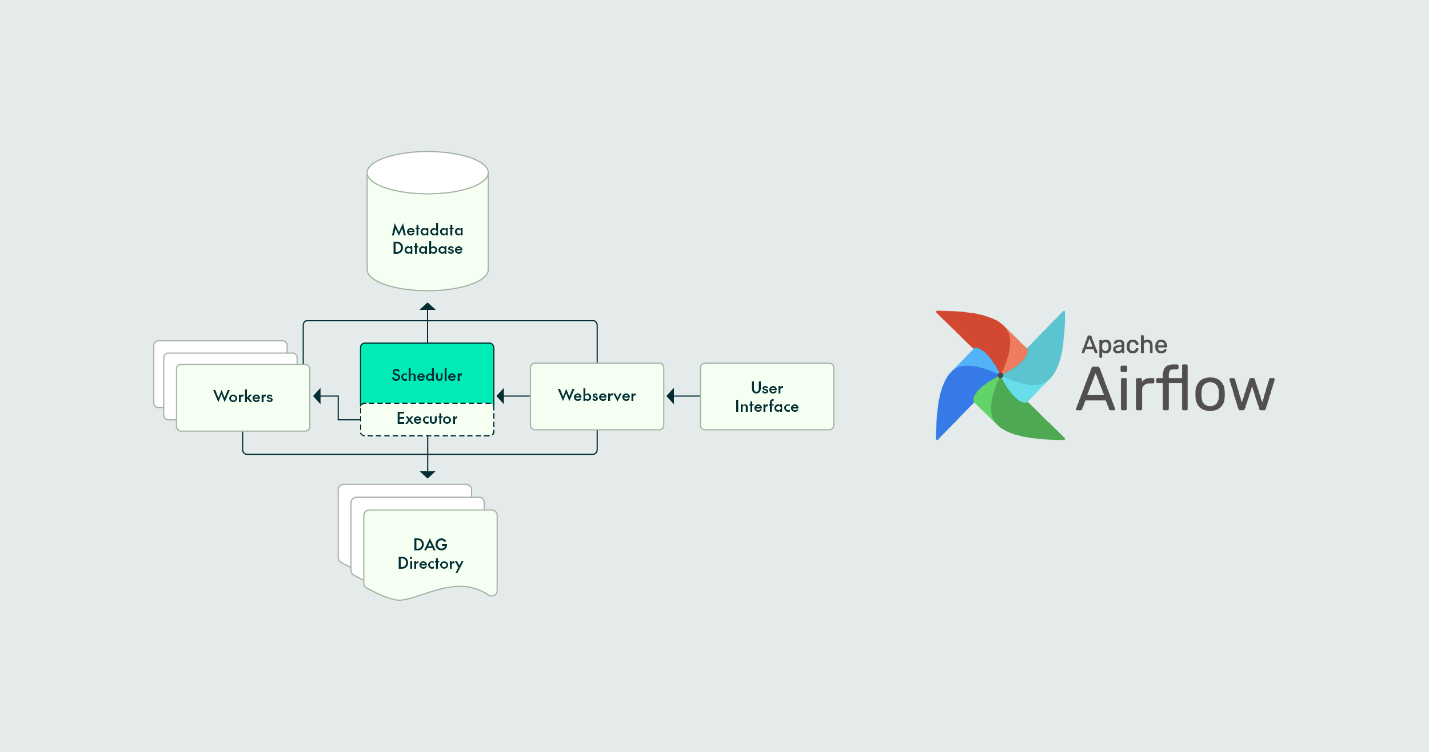
Here’s a breakdown:
That’s your system up and running. Now, you can define what it should actually do.
A basic DAG lives in the dags/ folder and is a Python script that imports Airflow modules. You define your tasks using Operators (like PythonOperator, BashOperator, etc.) and wire them up.
Here’s what a simple structure looks like:
from airflow import DAG
from Airflow.operators.bash import BashOperator
from datetime import datetime
with DAG(
dag_id='example_data_pipeline',
start_date=datetime(2024, 1, 1),
schedule_interval='@daily',
catchup=False
) as dag:
extract = BashOperator(
task_id='extract_data',
bash_command='python3 extract.py'
)
transform = BashOperator(
task_id='transform_data',
bash_command='python3 transform.py'
)
load = BashOperator(
task_id='load_data',
bash_command='python3 load.py'
)
extract >> transform >> load
The >> operator defines task order. Airflow takes care of scheduling and retries behind the scenes.
DAGs get powerful when you stop thinking in steps and start thinking in branches, conditionals, and task groups.
Here’s where you can:
And you can define task retries, timeouts, or SLA expectations per task. It’s all code. No UI toggles.
Knowing what your DAG is supposed to do is one thing. Knowing what it’s actually doing is another. Airflow gives you a live window into your workflows, but to use it effectively, you need to configure things right.
Airflow supports sending notifications for failures, retries, or SLA misses. To make this work, update your Airflow config (Airflow.cfg or environment variables if you're in Docker) and set SMTP details.
Then, in your DAG:
default_args = {
'owner': 'data_team',
'email': ['[email protected]'],
'email_on_failure': True,
'email_on_retry': False,
'retries': 1
}
This will send an email the moment something breaks.
Once your DAG runs, head to the UI. Here’s how to read it:
Graph View: Visual layout of task dependencies.
Tree View: Status of every task per run.
Gantt Chart: Timeline view of task durations.
Logs: Instant access to stdout/stderr from each task.
The UI isn’t just for monitoring—it’s interactive. You can mark tasks as successful, clear them for re-run, or trigger DAGs manually.
If you’re working at scale, alerts via email might not be enough. Airflow supports integration with tools like Prometheus, Grafana, and Datadog via plugins or APIs. You can export metrics such as:
This helps if you're trying to correlate slow pipelines with infrastructure issues.
Airflow will run your workflows. But if your DAGs are brittle or hard to maintain, things will break anyway. Here’s what to look out for.
Each task should be safe to re-run. Airflow retries tasks by design, so a task that writes duplicate records on each run isn't going to cut it.
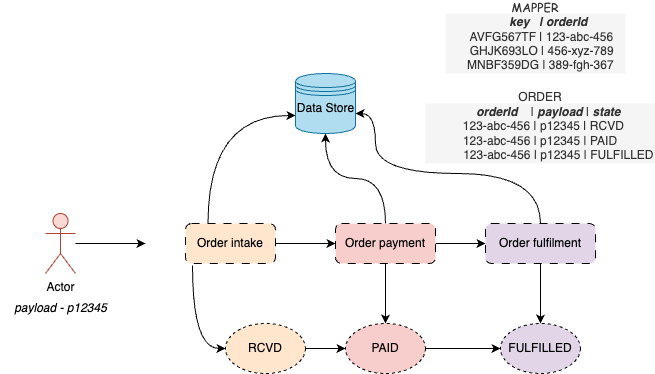
Make sure tasks:
Instead of writing out full file paths or database strings inside your DAGs, use Airflow’s Variables and Connections. These are managed through the UI or CLI, and they decouple your config from your code.
It also means you can move from dev to prod without rewriting scripts.
Before pushing to production, test DAG logic locally using:
airflow dags test your_dag_id 2024-01-01
This runs the DAG without the scheduler, so you can catch bugs in logic or imports.
Airflow isn’t just another automation tool—it’s a system builder’s toolkit. If you want control, visibility, and scalability, it gives you all three. But only if you build it right.
Start by setting up your environment cleanly. Define your workflows in code, not text boxes. Monitor using the built-in UI, and extend with tools that make sense for your team. And never assume things “just work.” Set alerts. Read logs. Test before you trust. Because in the end, Airflow won’t fix bad workflows. But it will show you exactly where they went wrong—and give you every tool to make them better.
Advertisement

Curious about how to start your first machine learning project? This beginner-friendly guide walks you through choosing a topic, preparing data, selecting a model, and testing your results in plain language

Explore how Google Cloud Platform (GCP) powers scalable, efficient, and secure applications in 2025. Learn why developers choose GCP for data analytics, app development, and cloud infrastructure
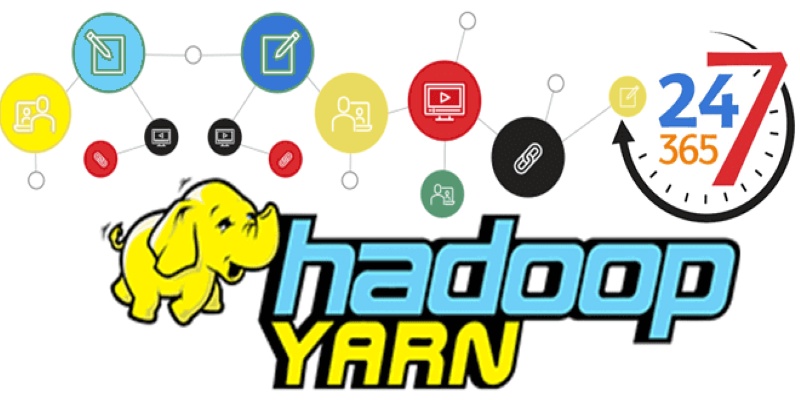
New to YARN? Learn how YARN manages resources in Hadoop clusters, improves performance, and keeps big data jobs running smoothly—even on a local setup. Ideal for beginners and data engineers

Should credit risk models focus on pure accuracy or human clarity? Explore why Explainable AI is vital in financial decisions, balancing trust, regulation, and performance in credit modeling
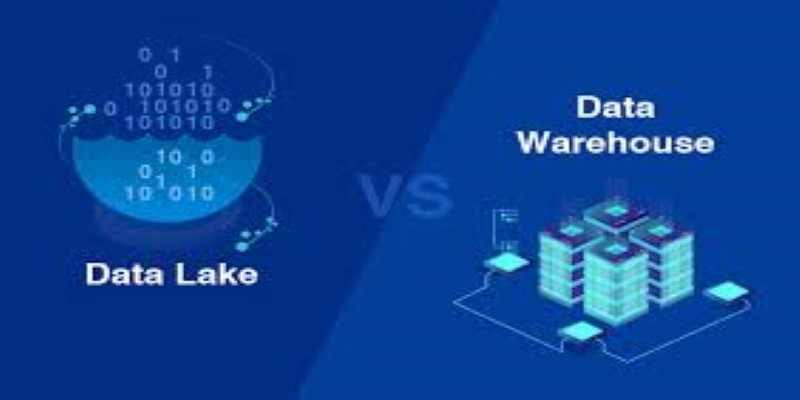
Confused about the difference between a data lake and a data warehouse? Discover how they compare, where each shines, and how to choose the right one for your team

Curious why developers are switching from Solidity to Vyper? Learn how Vyper simplifies smart contract development by focusing on safety, predictability, and auditability—plus how to set it up locally
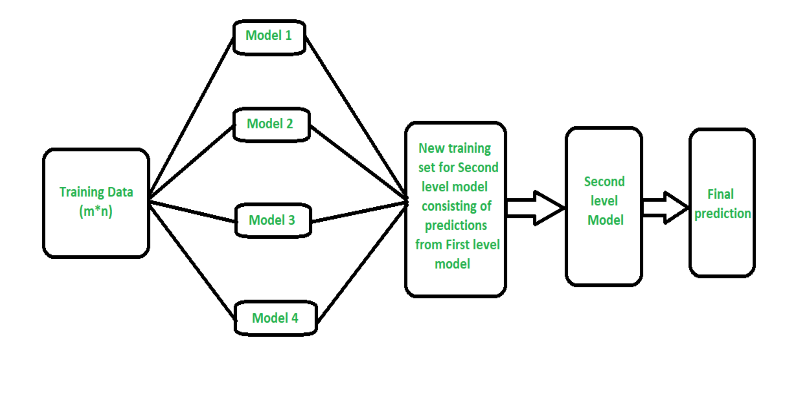
Curious how stacking boosts model performance? Learn how diverse algorithms work together in layered combinations to improve accuracy—and why stacking goes beyond typical ensemble methods
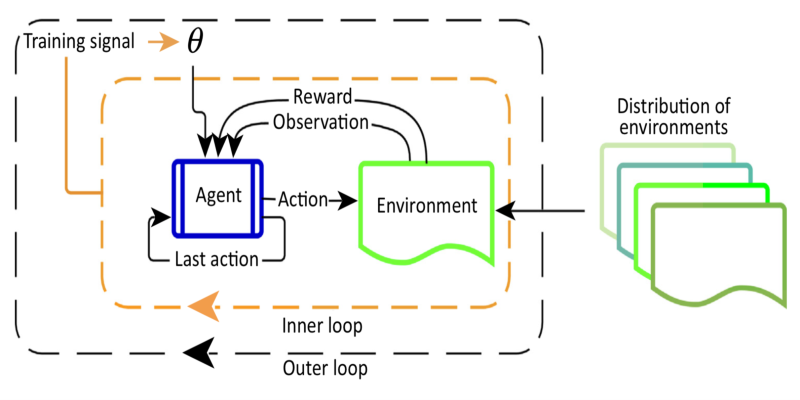
Curious about Meta-RL? Learn how meta-reinforcement learning helps data science systems adapt faster, use fewer samples, and evolve smarter—without retraining from scratch every time

How the Annotated Diffusion Model transforms the image generation process with transparency and precision. Learn how this AI technique reveals each step of creation in clear, annotated detail
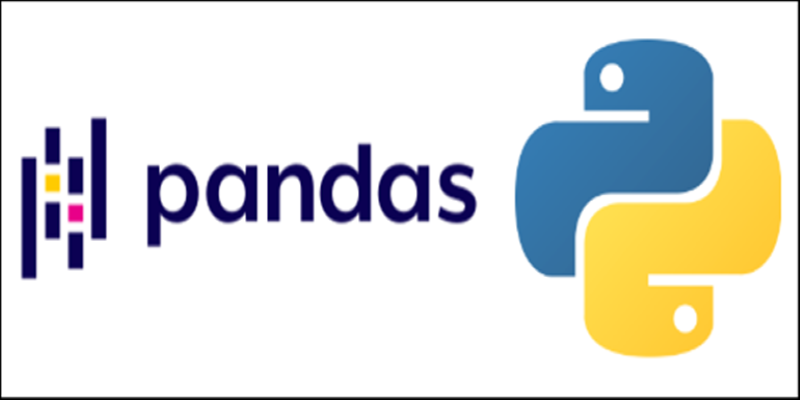
Discover lesser-known Pandas functions that can improve your data manipulation skills in 2025, from query() for cleaner filtering to explode() for flattening lists in columns

Thinking of moving to the cloud? Discover seven clear reasons why businesses are choosing Google Cloud Platform—from seamless scaling and strong security to smarter collaboration and cost control
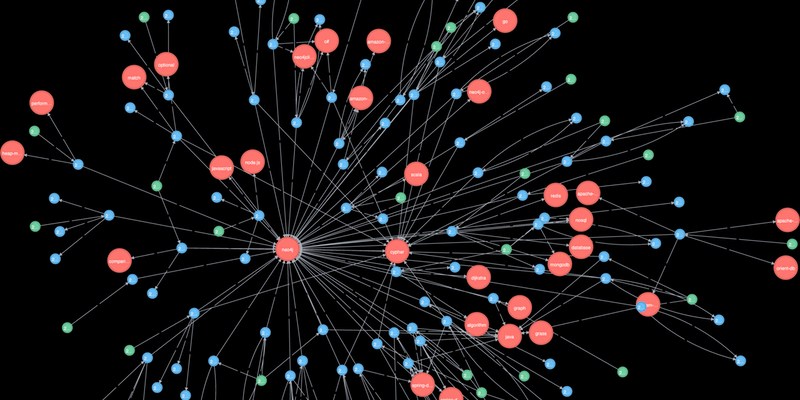
Explore how Neo4j uses graph structures to efficiently model relationships in social networks, fraud detection, recommendation systems, and IT operations—plus a practical setup guide